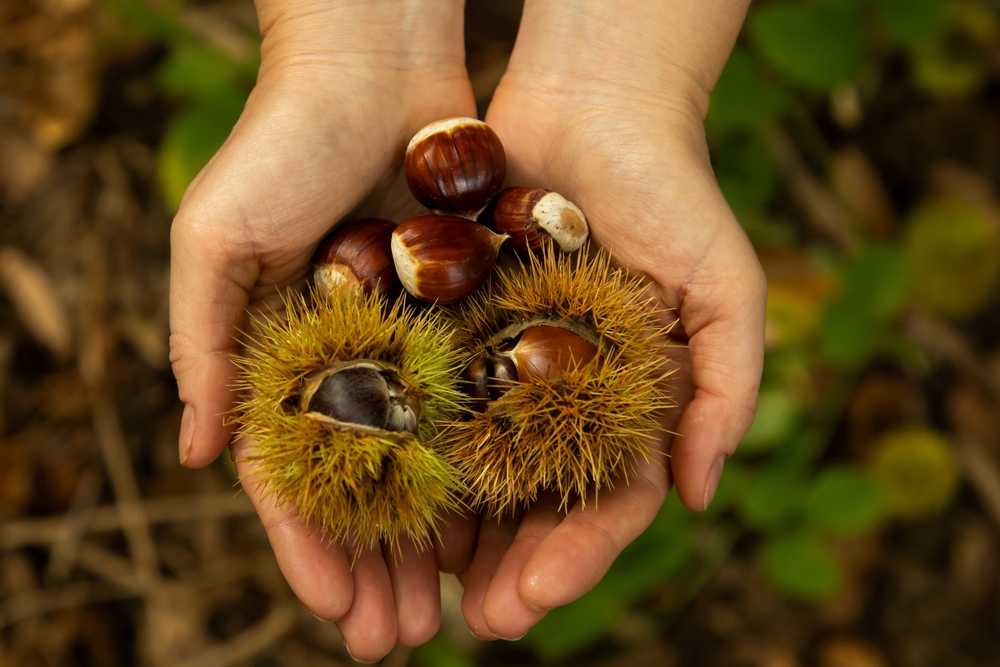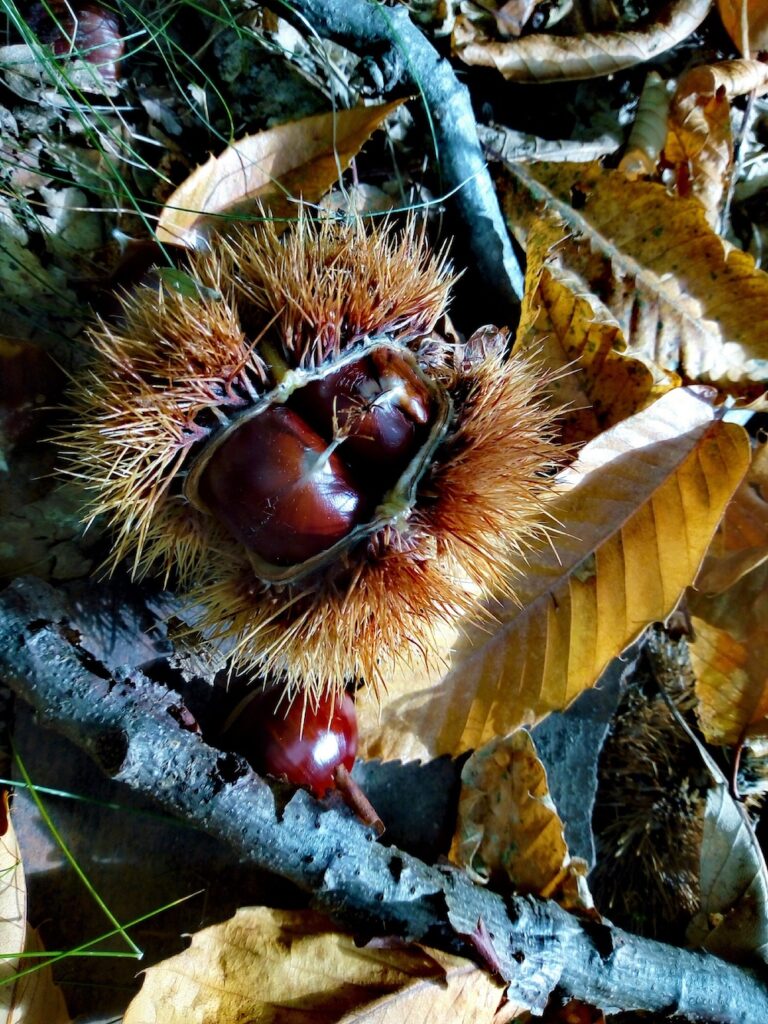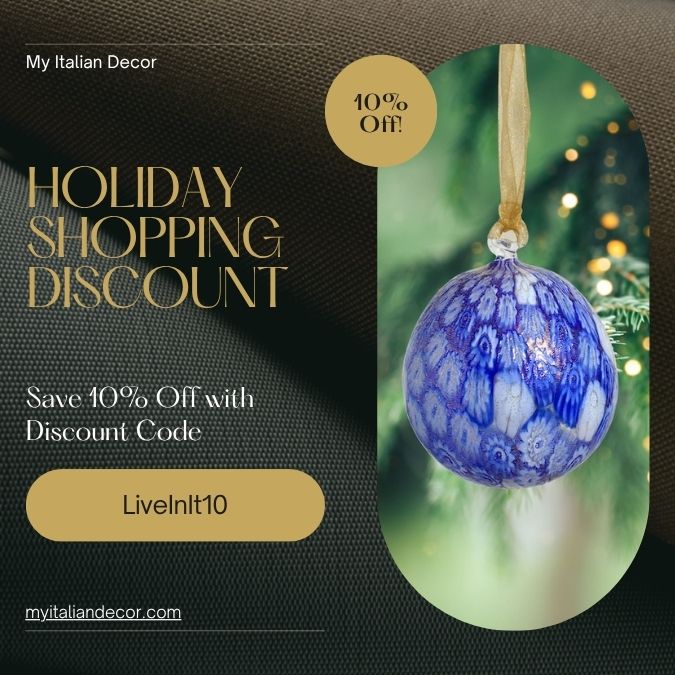Can You Think of a Better Symbol of Autumn?
La castagna (the chestnut) is the true protagonist of Tuscany’s many fiere and feste that enliven its villages throughout October.
With some of my students, I once visited the Festa d’Autunno at Monte Amiata — one of Tuscany’s lesser-known areas that offers so much to discover. Around the mountain, countless Feste della Castagna fill the air with the delicious aroma of castagne arrosto or caldarroste: roasted chestnuts served in paper cones, perfect for warming your hands on the first chilly days of the season.
Beyond their beautiful autumn color and lovely shape, le castagne have many culinary uses — and even inspire a few charming Italian idiomatic expressions worth learning.
Albero del Pane: The Bread Tree

The castagno (chestnut tree) is also known as Albero del Pane — the “bread tree” — because for centuries its fruit nourished mountain communities and sustained generations.
Since ancient times, le castagne were used to make la farina di castagne (chestnut flour), a vital economic resource in the poorer areas of Tuscany, especially Monte Amiata and Garfagnana, where i castagni grow abundantly.
This flour was used to make pane (bread) and dolci (sweets). In Garfagnana, la Farina di Neccio della Garfagnana even holds Denominazione di Origine Protetta (DOP) status — a mark of authenticity and tradition.
A Taste of Autumn: Castagnaccio Toscano

A typical dish of this season in Tuscany is il castagnaccio, a rustic, not-too-sweet cake made with chestnut flour, walnuts, pine nuts, raisins, and fresh rosemary.
Ecco la ricetta della mia mamma | Here’s my mother’s recipe:
CASTAGNACCIO TOSCANO
Ingredients:
- farina di castagne (500 g) – chestnut flour
- uvetta (80 g) – raisins
- zucchero (30 g) – sugar
- acqua fredda (500 ml) – cold water
- acqua tiepida (1 tazza) – lukewarm water (1 cup)
- pinoli (100 g) – pine nuts
- olio extravergine di oliva (8 cucchiai) – extra virgin olive oil (8 tbsp)
- rosmarino fresco (1 rametto) – fresh rosemary (1 sprig)
- noci (2) – walnuts (chopped)
- sale (1 cucchiaino) – salt (1 tsp)
Preparation:
Preheat the oven to 180°C (350°F).
Soak the uvetta in lukewarm water for about 10 minutes, then drain. In a large bowl, slowly add the acqua fredda to the farina di castagne, stirring to avoid lumps. Add a pinch of sale, the zucchero, and two tablespoons of olio extravergine di oliva. Mix well until the batter is smooth and fluid — neither too thick nor too runny.
Grease a baking pan with olio extravergine di oliva and pour in the mixture. Sprinkle pinoli, noci, uvetta, and a few leaves of rosmarino fresco on top. Drizzle with a little more olio extravergine di oliva.
Bake for about 30–35 minutes, until the surface forms a crisp crust and small cracks appear. Serve warm or at room temperature.
Tip: In Tuscany, il castagnaccio is often enjoyed with a glass of Vin Santo!
Italian Idioms with Castagna
In Italian, several idiomatic expressions use the word castagna:
- Togliere le castagne dal fuoco – To face a problem, often on someone else’s behalf.
“Non ti preoccupare, ti tolgo io le castagne dal fuoco!”
(“Don’t worry, I’ll take care of it for you.”) - Prendere in castagna – To catch someone red-handed.
“Crede di prendermi in castagna, ma non può.”
(“She thinks she can catch me out, but she can’t.”)

From the forests of Tuscany to the warmth of your kitchen, la castagna truly embodies the spirit of the Italian autumn — simple, rustic, and comforting, just like Italy itself.




